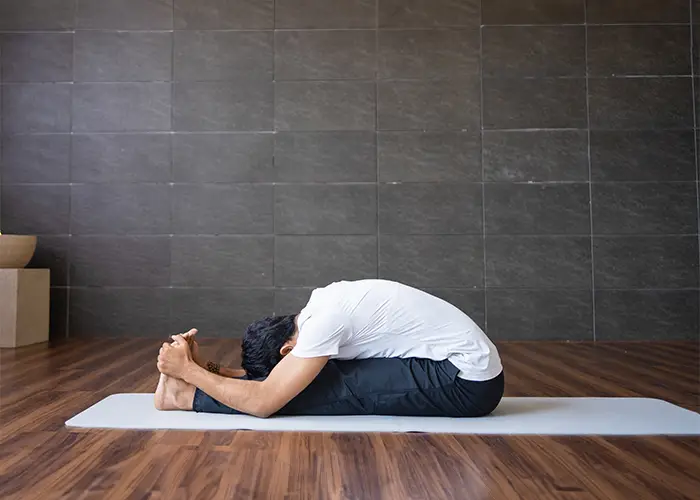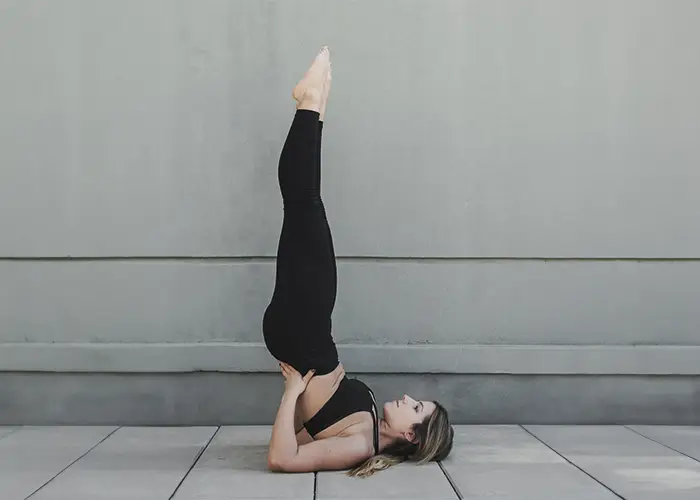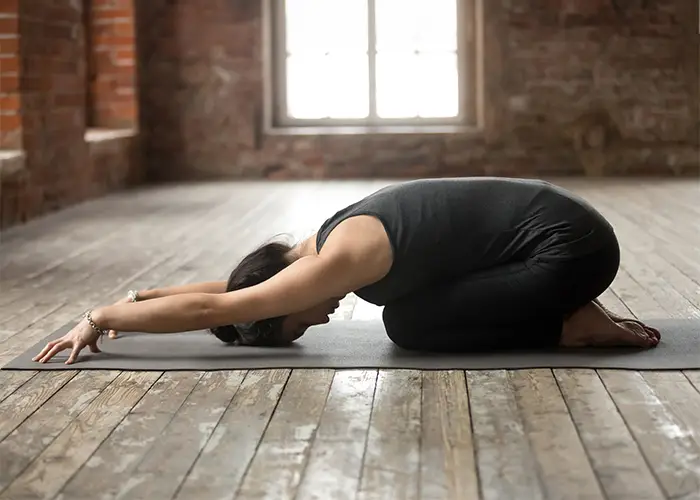How to Manage Diabetes with Yoga

Introduction:
Diabetes is a chronic condition that affects millions of people worldwide, characterized by high blood sugar levels and insulin resistance. While medication and dietary changes are commonly prescribed for diabetes management, incorporating yoga into your routine can offer additional benefits in controlling blood sugar levels and improving overall well-being. In this blog post, we’ll explore how yoga can be a valuable tool in managing diabetes and enhancing your quality of life.
Understanding Diabetes:
Diabetes occurs when the body is unable to produce enough insulin or cannot utilize the insulin it produces. This leads to elevated blood sugar levels, which, if left unmanaged, can result in serious health complications such as heart disease, kidney damage, and nerve damage. Type 1 diabetes is characterized by the body’s inability to produce insulin, while Type 2 diabetes is typically associated with insulin resistance.
Yoga for Diabetes Management:
Yoga offers a holistic approach to diabetes management by addressing both physical and mental aspects of health. Regular practice of yoga can help improve insulin sensitivity, lower blood sugar levels, reduce stress, and promote overall well-being. Here are some ways yoga can benefit individuals with diabetes:
- Improved Blood Sugar Control: Certain yoga poses, such as forward bends, twists, and gentle inversions, stimulate the pancreas and enhance insulin production, leading to better blood sugar control. Additionally, practicing yoga regularly can help regulate blood glucose levels by increasing glucose uptake by cells.
- Stress Reduction: Stress is known to exacerbate diabetes symptoms and contribute to elevated blood sugar levels. Yoga incorporates deep breathing exercises, meditation, and mindfulness techniques that promote relaxation and reduce stress levels. By managing stress effectively, individuals with diabetes can improve their overall health and well-being.
- Enhanced Circulation: Yoga poses that involve stretching and compression of muscles can improve circulation throughout the body, including to the extremities. This can be particularly beneficial for individuals with diabetes, as proper blood flow is essential for wound healing and preventing complications such as diabetic neuropathy.
- Weight Management: Maintaining a healthy weight is important for managing diabetes, as excess body fat can contribute to insulin resistance. Yoga offers a gentle yet effective way to promote weight loss and improve body composition. Dynamic yoga styles such as vinyasa and power yoga can help burn calories and build lean muscle mass.
- Mind-Body Connection: Yoga elevates the connection between the mind and body, encouraging a person to become more attentive to their physical sensations, emotions, and thoughts. By cultivating mindfulness and self-awareness, individuals with diabetes can make more conscious lifestyle choices and better manage their condition.
Yoga Poses for Diabetes:
While any form of yoga can be beneficial for diabetes management, certain poses are particularly effective in regulating blood sugar levels and promoting overall health. Here are some yoga poses recommended for individuals with diabetes:
- Surya Namaskar (Sun Salutation):
 This sequence of yoga poses stimulates the entire body, improves circulation, and boosts energy levels.
This sequence of yoga poses stimulates the entire body, improves circulation, and boosts energy levels. - Paschimottanasana (Seated Forward Bend):

This pose stretches the spine, hamstrings, and lower back, stimulates the pancreas, and helps regulate blood sugar levels.
- Ardha Matsyendrasana (Half Lord of the Fishes Pose): This seated twist massages the abdominal organs, including the pancreas, and improves digestion and detoxification.
- Viparita Karani (Legs-Up-the-Wall Pose):
 This gentle inversion improves circulation, relieves stress, and promotes relaxation, helping to lower blood pressure and regulate blood sugar levels.
This gentle inversion improves circulation, relieves stress, and promotes relaxation, helping to lower blood pressure and regulate blood sugar levels. - Balasana (Child’s Pose):
This resting pose stretches the spine, hips, and thighs, calms the mind, and promotes deep relaxation, reducing stress and anxiety.

Conclusion
In conclusion, yoga offers a holistic approach to managing diabetes by addressing physical, mental, and emotional well-being. By incorporating yoga into your daily routine, you can improve blood sugar control, reduce stress, enhance circulation, and promote overall health and vitality. Whether you’re a beginner or an experienced practitioner, Shiva Yoga is here to support you on your journey to better health. Join us for online or offline yoga classes and experience the transformative power of yoga in managing diabetes and living your best life.





